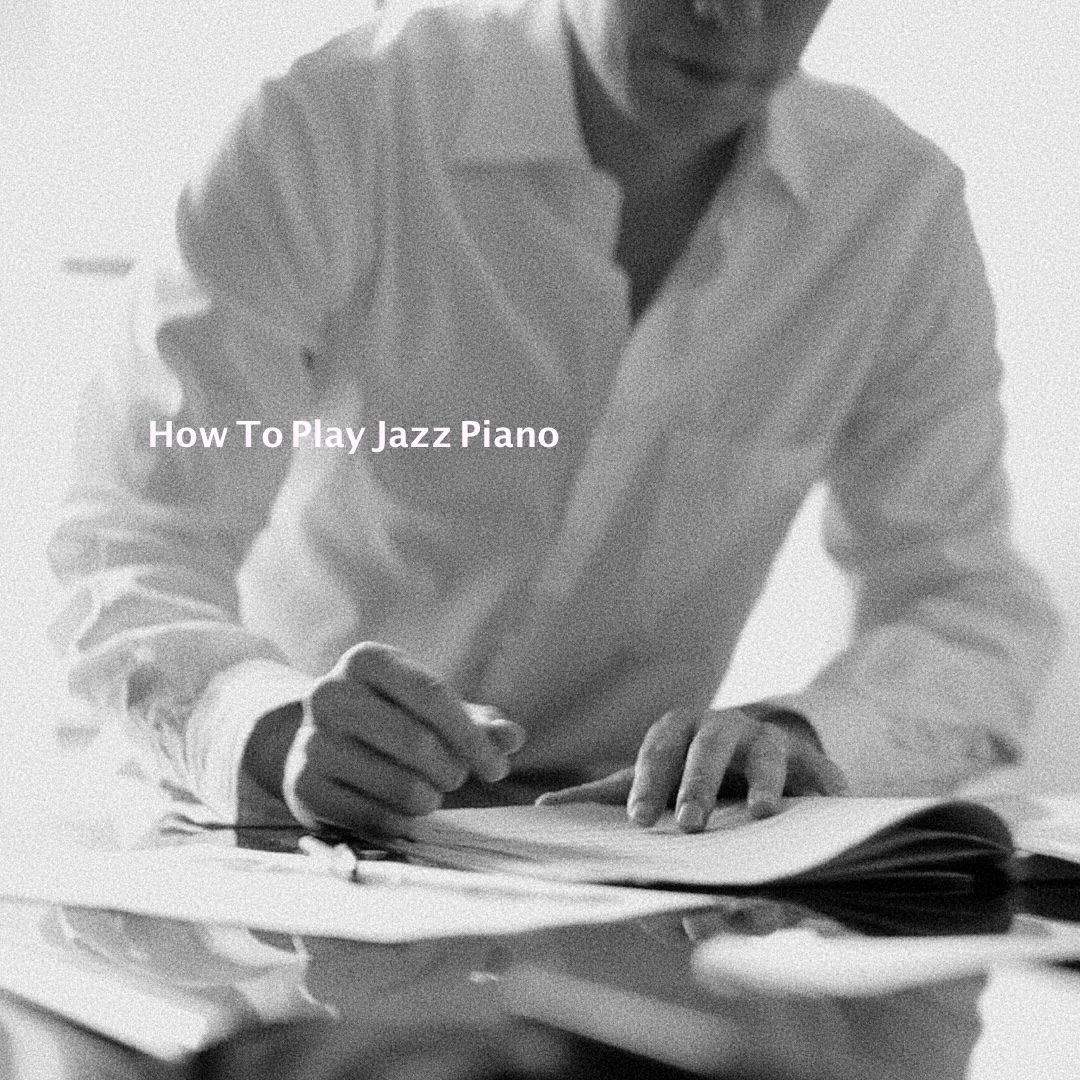Greetings
check my YouTube channel and subscribe it!
The purpose of this site is to play jazz piano by yourself, solo jazz piano or ensemble with bass, drums, etc.
For Piano Beginners
I started piano at age 30. I'm not sure a person who starts from middle-aged could get what point. I just believe that "It's never too late to learn"
Learn Jazz language
"Jazz language" is the words peculiar to Jazz music. If you want to play jazz, you have to learn this language. Many people who want to play jazz often say that they can't improvise or want to know how to create jazz licks. I think in many cases, they are "input shortage of jazz sounds". I want to ask you simple question "Could you hum(sing) jazz phrase now? Could you just hum like "Du da da...?". If you can't, listen jazz music more. This is very important things. And same time, listen Blues music. Jazz is originally from Blues. I highly recommend this music.
Jazz Scales
I'll show you some basic scales below. Almost all jazz phrases and licks are based on these scales.
Major Scales
Major Scales are the most important scales. You have to learn first. Scale's formula is ; Whole, Whole, Half, Whole, Whole, Whole, Half.

| Root | scales |
|---|---|
| C | C-D-E-F-G-A-B |
| F | F-G-A-Bb-C-D-E |
| Bb | Bb-C-D-Eb-F-G-A |
| Eb | Eb-F-G-A-Bb-C-D |
Minor Scales
There are 3 types : natural, harmonic, and melodic. In my opinion, the most useful and important scale is Melodic minor scale.You can learn this scale easily because the difference between Melodic minor and Major is only 3rd. And this scale is used as Jazz minor.

| Types | scales |
|---|---|
| Natural | C-D-Eb-F-G-Ab-Bb |
| Harmonic | C-D-Eb-F-G-Ab-B |
| Melodic | C-D-Eb-F-G-A-B |
Dominant 7th Scales
Dominant 7th scales is used on dominant 7th chord. I'll show you Mixolydian scale. Formula: Whole, Whole, Half, Whole, Whole, Half, Whole. This is 5th start from tonic major scale.
| Root | scales |
|---|---|
| C7 | C-D-E-F-G-A-Bb |
| F7 | F-G-A-Bb-C-D-Eb |
| Bb7 | Bb-C-D-Eb-F-G-Ab |
Altered dominant Scale
This scale sounds really rich and colorful. Formula: Half, Whole, Half, Whole, Whole, Whole, Whole. You can also play half steps up melodic jazz minor as altered scale. F# altered is G melodic jazz minor.
| C Altered scale | degree |
|---|---|
| C-Db-D#-E-F#-G-Ab-Bb | 1-b9-#9-3-#11-b13-b7 |
Octatonic Scales
An octatonic scale consists of alternating whole and half steps. It's an 8 notes scale. There are 2 types of octatonic scale. Type 1 begins with a whole step and type 2 begins with a half step. In Japan, type 2 is called "Combination of diminished scale". I'll show you this type(type2) only here. You can use this scale on dominant 7th chord same as altered scale.

Type 2 C
You can easy to learn this scale. All you have to do is to memorize 3 types. See below;
| 3 types | |
|---|---|
| C-Eb-F#-A | from C |
| G-Bb-Db-E | from G |
| F-Ab-B-D | from F |
For example, if you memorize C com-dim (JP name), you can get to memorize Eb, F#, A com-dim automatically.
So, why combination of diminished? This scale consists of combination of diminished scale!

C dim(red) + C# dim(purple) =C com-dim
Whole-tone Scale
Whole tone is whole tone. Formula is all whole tone. i think this has 2 sides. 1 is black and another is white. You can easy to learn this scale, see below.

Lydian b7 Scale
You can use this scale on a non-dominant or dominant chord. Its formula is 1–2–3–#4–5–6–b7.

Blue is normal lydian scale, red is lydian b7 scale.
Bebop Scale
There are several types of Bebop scale. They were used by jazz artists from the Bebop Era. I'll show you some typical types here; the bebop dominant scale and the bebop major scale.
| Type | scale |
|---|---|
| Bebop Major | 1-2-3-4-5-5#-6-7-1 |
| Bebop dominant | 1-2-3-4-5-6-6#-7-1 |
Blues Scale
There are major and minor blues scale. both scales are hexatonic (6 notes). I'll show you minor blues scale because it's a very versatile scale. You can use this scale on almost all of the chords.
| name | scale | degree |
|---|---|---|
| C minor blues | C-Eb-F-Gb-G-Bb | 1-b3-4-b5-5-b7 |
| F minor blues | F-Ab-Bb-B-C-Eb | 1-b3-4-b5-5-b7 |
Jazz Chords
I'll show you practical chords. It's left hand voicing. There are 2 types form, A and B. Both type include natural tensions.
A type
A type is spread voicing. Example is Dm9 - G7(9 13)- CM9
| Chord | Degree |
|---|---|
| IIm7 | b3-5-b7-9 |
| V7 | b7-9-3-13 |
| IM7 | 3-5-7-9 |
Dm9

G7(9 13)

CM9

Altered A type
You can change notes of V7. 9 to b9 or #9, 13 to b13. It's called altered tension.
Dm9

G7(b9 b13)

CM9

B type
B type is a bit closed voicing. This form is often used with left hand when you play improvisation.
| Chord | Degree |
|---|---|
| IIm7 | b7-9-b3-5 |
| V7 | 3-13-b7-9 |
| IM7 | 7-9-3-5 |
Dm9

G7(9 13)

CM9

Altered B type
You can also change some notes as well as A type altered.
G7(#9 b13)

Biography

I started jazz guitar when I was a university student in Kyoto-city. I had some gigs at club, hotel, etc. When I was 30, I switched my main instrument to piano. In 2007, my first web-site launched. My Youtube channel is on air since 2014. ▷Twitter @HTP_JazzPiano